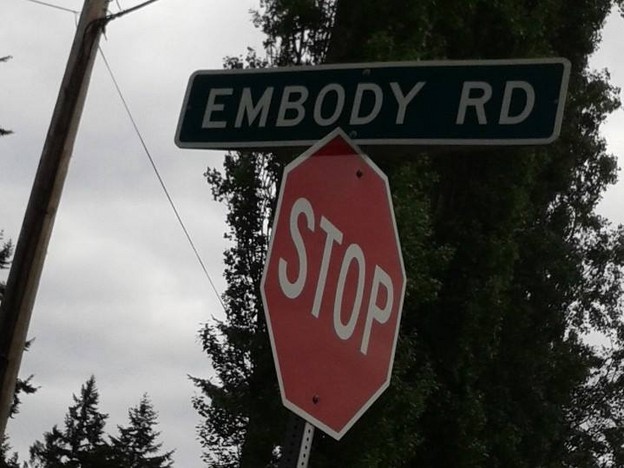Bioregional (poetics) as body-regional (poetics)
A network of inhabitory gestures

I’m thinking about the ways poets embed themselves within and ply their awareness to particular locales, and I’m thinking more specifically of how such an embodied poetics is enacted as a healing gesture - and how these gestures connect to form a kind of bioregion, one defined by responsive organisms. It’s no wonder they are appearing often of late – it’s been almost a year to the day that we read reports of a newly-discovered crack in the West Antarctica ice sheet that threatened larger destabilization of surrounding areas, and read that a rise in sea level by 10 feet or more was deemed "unavoidable."
What do we in the face of the "unavoidable" cataclysmic future? The arctic events happen far away, the consequences temporally removed. Not an earthquake, to which we can immediately respond; whose images bring the humanitarian crisis to the fore (as new tremors in Nepal send up another wave of fatalities, another wave of images). But maybe some of we know on some intellectual-cellular level that we are living (with)in what we are becoming, what the future of global climate change holds. As we register information that comes from afar, we are where we are, registering the consequences of ecological fragility in our own bioregions. Our body-regions.
I can't say what motivates particular projects, those I want to deem responsive to conceptual fragility and/or imminent threats to natural resources - I'll have to ask and report in a follow-up comment - but I'm thinking of things like (in no particular order - just that they've all occurred, are occurring, in the last year; the prevalence of north/western projects bears witness to my own locatedness):
Hazel White's weekly posts from Battery 129 at Marin Headlands, a former military installation, now a popular tourist site. Through her walks on Battery 129, Hazel is "exploring topography as the habitat of the human body," and her posts reveal multiple levels of response to contemporary events (many conversations with tourists) and landscape as historical and cultural site, documented in photographs and observations, with hope for healing amidst the military architecture.
Kate Schapira's recently-resumed Climate Anxiety Counseling, where, from a booth in Providence, RI's Kennedy Plaza, Kate offers Lucy-from-Peanuts-style impromptu discussion, takes notes, raises money for environmental justice organizations, and sometimes gets heckled. (For more, see this interview I conducted with Kate last year).
Stephen Collis' participation, in late 2014, as an embedded poet-protester "keeping watch" in the Burnaby Mountain Conseration Area in British Columbia as a part of the resistance against Kinder Morgan's proposed pipeline project, as a courtroom defendent, as a collaborator with Canada's First Nations people, as a cultural critic, and as an information source (via his blog) on related protests encampments in Northern BC in the path of other pipeline projects. His forthcoming Reading Wordsworth at Tar Sands are poems and essays "shaped by walking through the restrictive and restricted spaces of resource extraction."
Also geared toward raising awareness about Kinder Morgan pipeline plans, Christine Leclerc’s Oilywood chapbook arose from her own inhabitance of Burrard Inlet, a fjord north of Vancouver, British Columbia, where she conducted interviews, photographed, and collected water recordings, and lead a community workshop. Participants' writings about the inlet, along with her own and Kinder Morgan news releases, inform the chapbook's text.
There is a politics, to different degrees activist, to each, but I’m more interested in thinking of these as related inhabitory gestures, as ways of making place. Such projects are sometimes consciuosly undertaken as healing gestures with participants, inhabitants, places, or all of these in mind. In a bioregional context, with ecosystems threatened and out of balance, I see these as connected, as a network (for there are many more such phenomena than I’ve presented here) of human organisms acting from an awareness of the signficance of their locatedness, in both their "local" and a larger context. 'Bioregional' is, in this sense, the 'area' related through living organisms and their actions. Three of the 4 are digitally documented, perhaps as an archive for future, other beings, that says these are the ways some were walking this earth, in the awareness of ecological fragility, making. In Anne Waldman's words, they “leave a trace so that poets of the future know we were not just slaughtering one another” (The Iovis Trilogy, Coffee House Press, 2012, p. 656).
Emplaced and local to